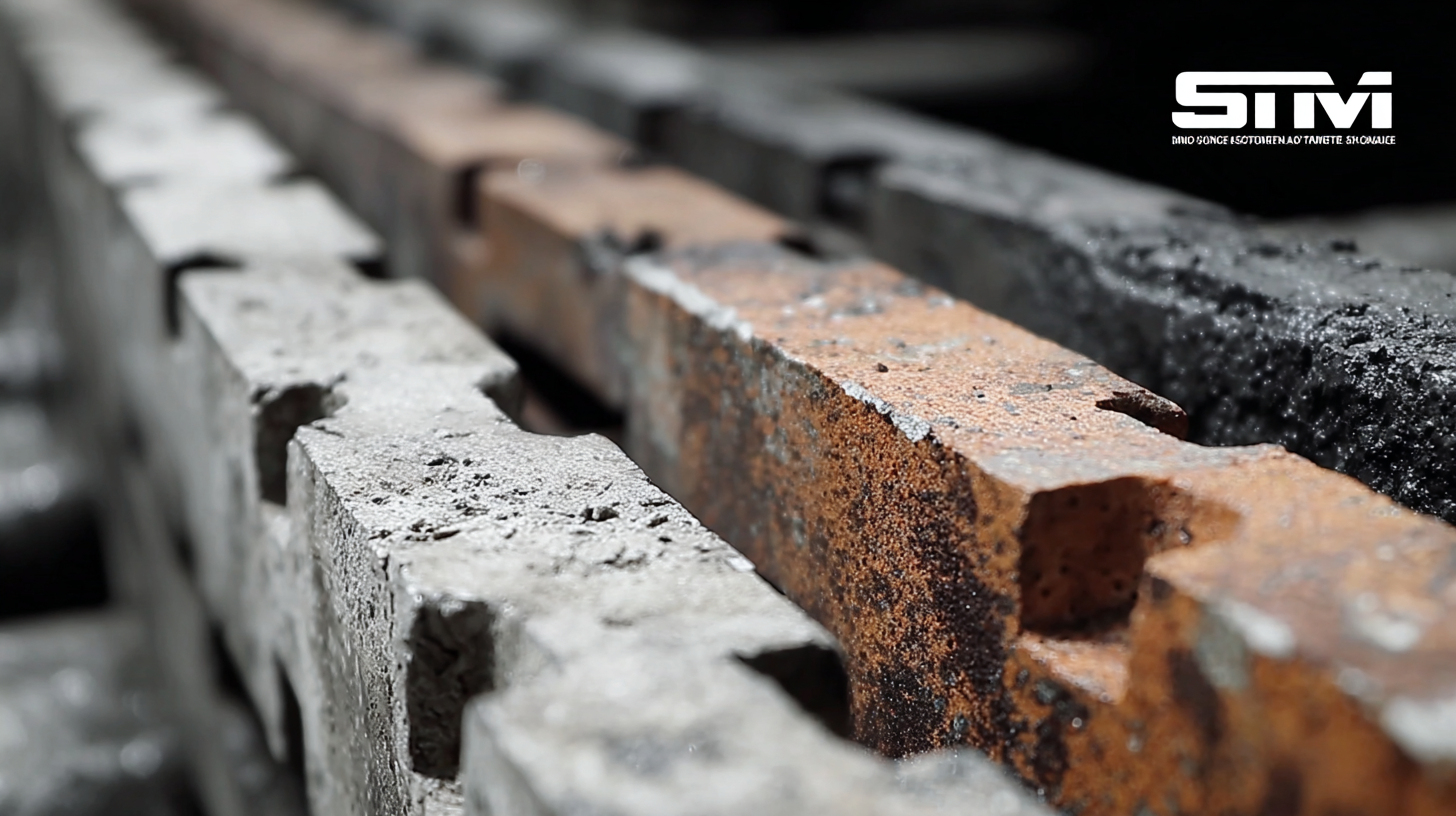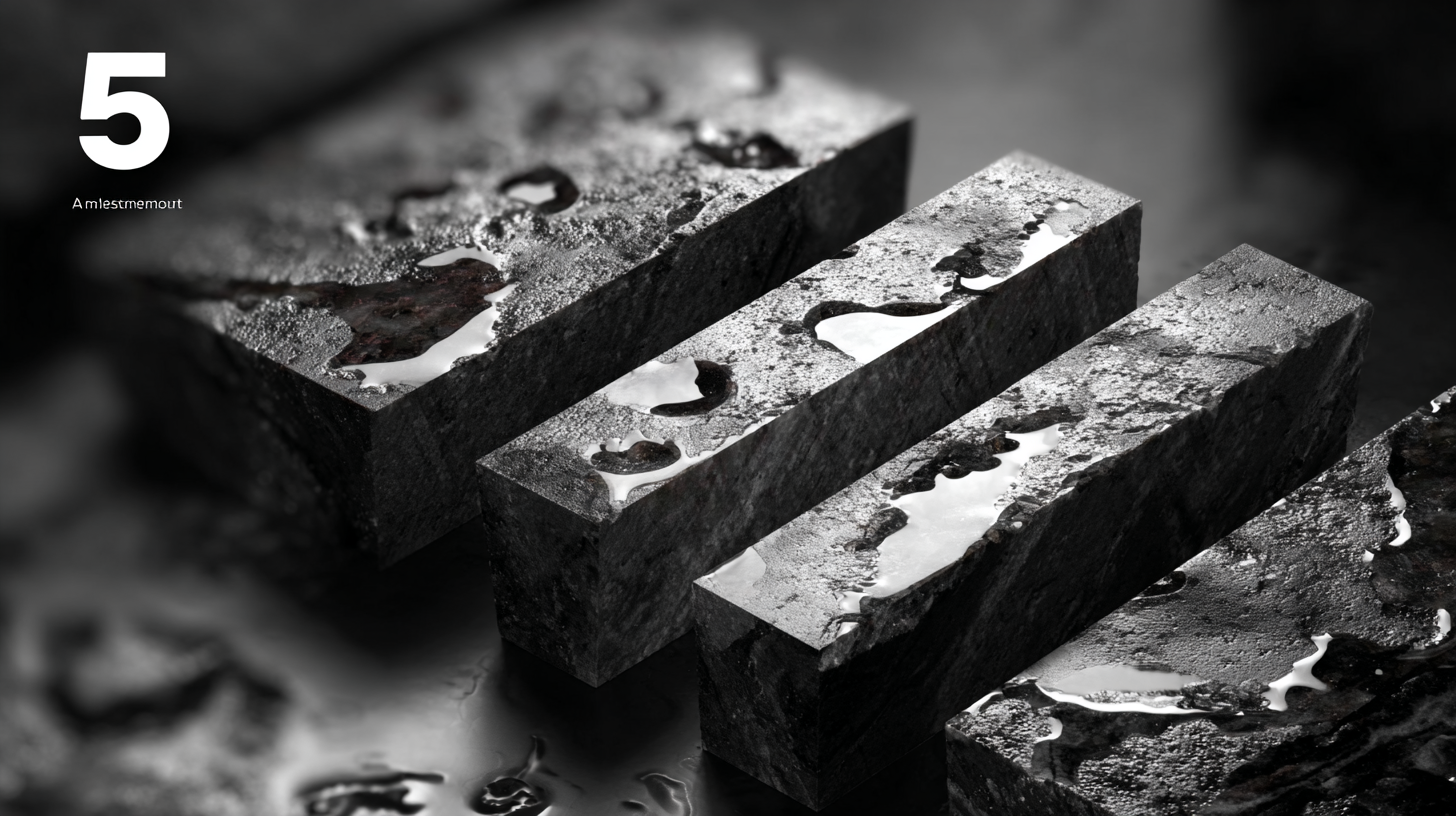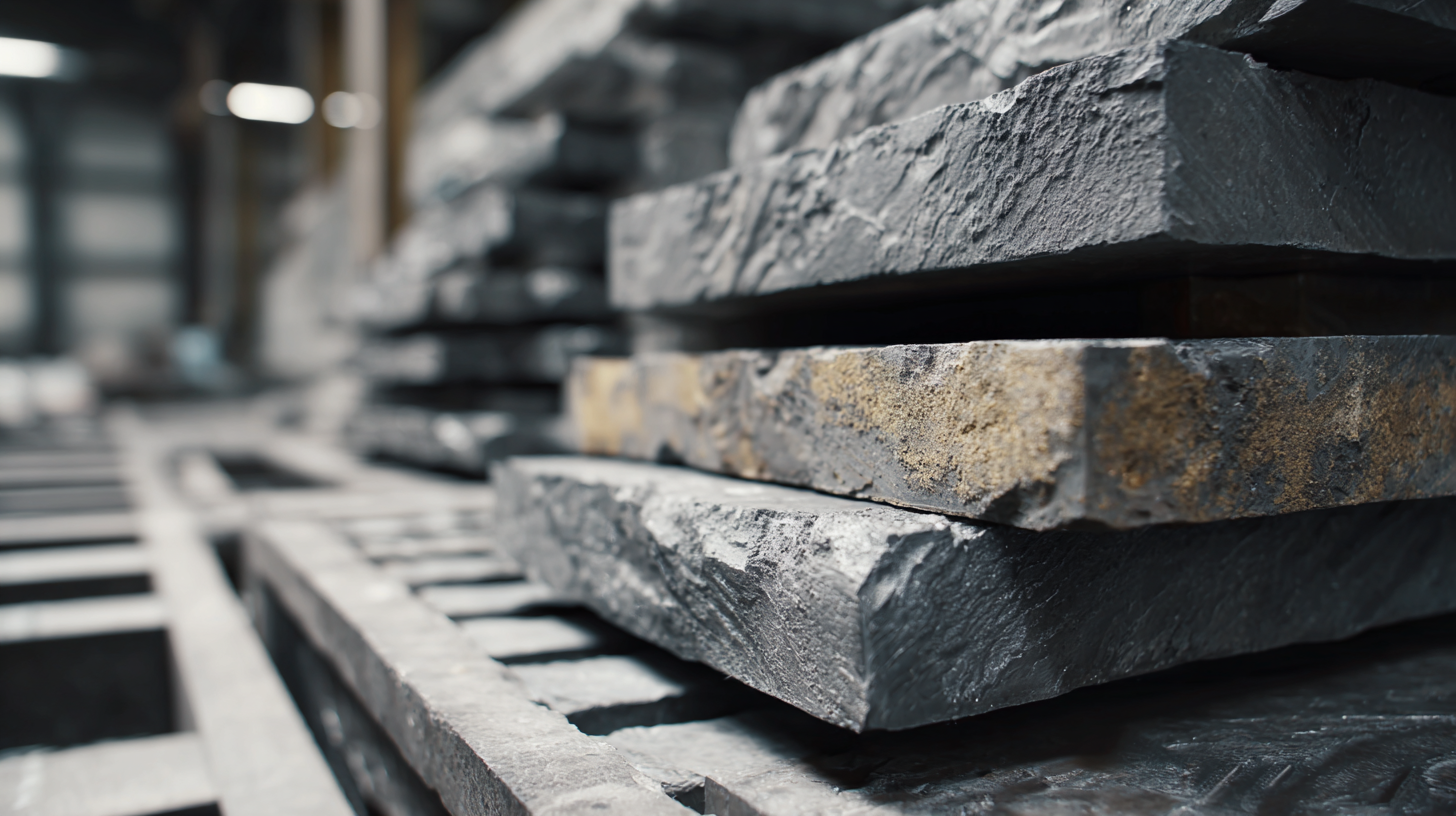In the ever-evolving world of stone crushing, the choice of equipment can significantly impact productivity and efficiency. One of the critical components in this process is the **Jaw Plates for Crushing Stone**, which directly affects the crushing performance and the quality of the final product. According to a recent industry report by Research and Markets, the global stone crushing equipment market is projected to reach USD 4.5 billion by 2027, growing at a CAGR of 5.1% from 2020 to 2027. As companies strive to optimize their operations and reduce costs, selecting the right jaw plates becomes paramount. Innovative materials and design technologies are now available, pushing the boundaries of durability and performance. This blog will offer five innovative tips that can assist you in choosing the top jaw plates for your stone crushing needs, ensuring you benefit from the latest advancements in the industry.

When selecting jaw plates for stone crushing, several essential factors should guide your decision. First and foremost, consider the material composition of the jaw plates. High-quality manganese steel is ideal due to its durability and resistance to wear. The steel’s hardness allows it to withstand the impact from crushing, while its ductility helps prevent cracking, ensuring longevity and efficiency in operations.
Another crucial aspect is the design of the jaw plates. Different shapes and profiles can significantly affect the crushing process. Opt for a design that facilitates better gripping and holds the stone securely to ensure effective crushing. Additionally, evaluate the compatibility of the jaw plates with your existing crusher model. Proper fit is vital for maximizing performance and minimizing operational issues. Incorporating these considerations will not only enhance the crushing efficiency but also extend the life of the jaw plates, leading to better overall productivity in your stone crushing operations.
| Tip | Description | Material | Durability | Cost |
|---|---|---|---|---|
| 1. Material Selection | Choose high-quality materials to ensure longevity and performance. | Alloy Steel | High | $$$ |
| 2. Profile Design | Opt for designs that enhance crushing efficiency and material flow. | Cast Steel | Medium | $$ |
| 3. Size Compatibility | Ensure the plates fit properly with your crushing equipment. | High Manganese Steel | Very High | $$$ |
| 4. Wear Resistance | Select plates with enhanced wear resistance for longer lifespan. | Tungsten Carbide | High | $$$$ |
| 5. Manufacturer Reputation | Choose manufacturers known for quality assurance and service. | Composite Materials | Medium | $$ |
When selecting jaw plates for crushing stone, maximizing durability is of the utmost importance. High-quality materials significantly enhance the longevity and performance of these components. Modern jaw plates typically utilize advanced alloys or high-manganese steel, which not only improve impact resistance but also reduce wear and tear. According to industry data, jaw plates crafted from premium materials can outlast standard counterparts by 30% or more, leading to lower operational costs over time.

To choose the best jaw plates, consider tips like researching materials and their respective wear rates. Opting for plates manufactured with innovative techniques can also provide better results. Additionally, ensure that the jaw plates are designed for the specific type of stone being crushed; compatibility can drastically improve efficiency. Regular maintenance and timely replacement of worn plates are crucial to keeping your equipment running smoothly and effectively.
Incorporating cutting-edge technology into jaw plate production, such as Brazilian designs known for their durability, can further enhance performance. As highlighted in recent industry developments, superior quality and innovation should drive your purchasing decisions. By focusing on these aspects, you can ensure that your jaw plates deliver the reliability and performance you need for your crushing operations.
When selecting the top jaw plates for crushing stone, the innovative design features play a crucial role in enhancing performance and durability. Recent industry reports indicate that advancements in materials science have led to the development of wear-resistant alloys that can significantly extend the life of jaw plates. For instance, studies have shown that using high-manganese steel composites can improve wear resistance by up to 40%, reducing the frequency of replacements and downtime for maintenance.
In addition to advanced materials, modern design techniques like finite element analysis (FEA) allow engineers to optimize the shape and weight distribution of jaw plates, achieving maximum efficiency with minimal energy consumption. According to a 2022 market analysis, jaw crushers equipped with specifically engineered plates can improve crushing effectiveness by 15%, resulting in higher output and lower operational costs. By focusing on these innovative features, operators can ensure their crushing equipment meets the demanding challenges of the stone processing industry, ultimately leading to improved productivity and profitability.
When selecting jaw plates for stone crushing, understanding their geometry is crucial for optimizing crushing efficiency. The shape, size, and profile of jaw plates influence how materials are fed, crushed, and discharged. A well-designed jaw plate geometry ensures that the material is constantly in contact with the crushing surfaces, promoting more effective and consistent crushing action. For instance, deeper tooth configurations can enhance interlocking of the material, while a wider spacing can reduce blockage and improve throughput.
Different materials and site conditions call for various jaw plate designs. For hard, abrasive stones, a rugged, high-profile tooth pattern may be beneficial, while softer materials might perform better with smoother profiles. Additionally, innovations in jaw plate manufacturing, like the inclusion of manganese alloys, can significantly change wear characteristics and longevity, impacting overall operational efficiency. By carefully considering the geometry of jaw plates, operators can enhance their crushing operations, reducing downtime and increasing productivity.
When selecting jaw plates for stone crushing, the comparison between China-made jaw plates and those produced by other global brands reveals significant insights. According to a recent industry report by ResearchAndMarkets, China's market share in the jaw crusher segment reached 36% in 2022, attributed to both competitive pricing and expanding manufacturing capabilities. These jaw plates often boast enhanced wear resistance due to the utilization of high-quality manganese steel, making them suitable for various stone types.

On the contrary, brands from Europe and North America, while generally higher in cost, provide exceptional engineering and durability. A study from the Mining and Materials Industry Association shows that European-made jaw plates outperform their counterparts in terms of longevity, exhibiting up to 30% longer service life in rigorous testing environments. The choice ultimately hinges on balancing cost-efficiency with performance requirements, especially in demanding crushing applications where both robustness and precision are critical. As the industry evolves, understanding these distinctions will be crucial for operators aiming to optimize their stone crushing operations.



